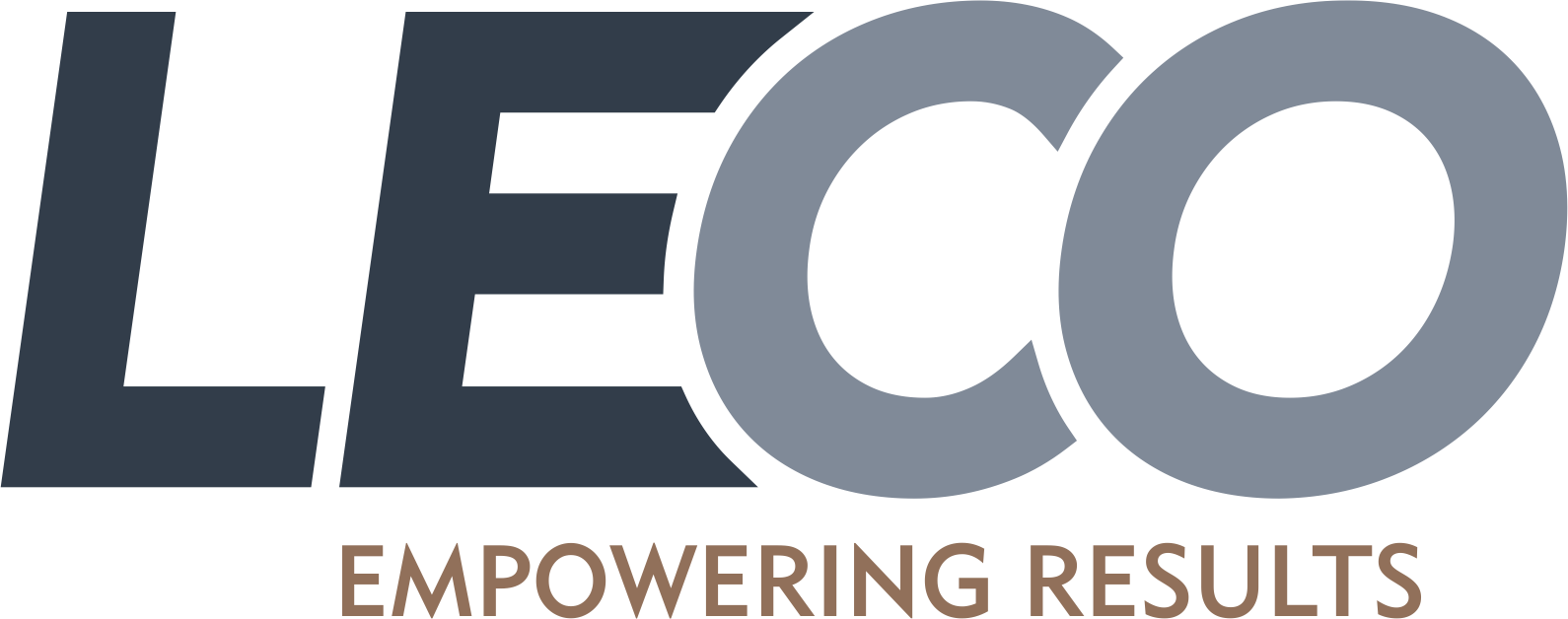Here we offer two presentations: 'A Modern GC/MS Tool Box for Non-targeted Screening' by Dr. Jürgen Wendt of the LECO European Application and Technology Center, Berlin and 'Metabolomics Study of the Host Response to SARS-CoV-2' by Marcello Manfredi, PhD, of the Department of Translational Medicine, Universitá del Piemonte Orientale, Italy.
A Modern GC/MS Tool Box for Non-targeted Screening
 by Dr. Jürgen Wendt
by Dr. Jürgen Wendt
LECO European Application & Technology Center
Berlin, Germany
The number of different organic chemical substances emitted to the environment is increasing. Due to potential negative environmental and health effects, the identification of the contaminants is an important task for the control authorities.
Often used are targeted approaches. This with the disadvantage that chemicals, which are not initially anticipated, are not detected regardless of how high their concentration might be. Thus non-targeted strategies are needed to identify the unknowns and to reveal a more complete profile of contaminants.
In this work, the concept of a modern GC/MS toolbox for non-targeted screening is presented. It consists of comprehensive two-dimensional gas chromatography, high-resolution time of flight mass spectrometry and finally different ionization techniques. The toolbox is completed by a new software tool for evaluating the GCxGC data, especially if you want to compare data sets.
The focus of the lecture is the presentation of the new multimode source for EI, PCI and NCI operation. The design and usage of the source are discussed in connection with some preliminary results.
By viewing this presentation you will learn:
- how the ability to use a single source for EI, PCI and NCI at their optimal conditions significantly simplifies reliable analytes assignment
- how, in combination with GCxGC and High-Resolution TOFMS, the Multi-Mode Source provides a powerful tool for non-target screening
- ChromaTOF Tile is a new data comparison tool to find differences between two or more groups of samples
- ChromaTOF Tile presents this information in an intuitive and highly graphical interface to allow users to understand where differences exist and also allows them to begin to identify what those differences are.
Metabolomics Study of the Host Response to SARS-CoV-2
by Marcello Manfredi, PhD
Department of Translational Medicine, Universitá del Piemonte Orientale, Italy
The novel severe acute respiratory syndrome coronavirus 2 (SARS-CoV-2) has spread to nearly every continent, registering over 1,250,000 deaths worldwide. The effects of SARS-CoV-2 on host targets remain largely limited, hampering our understanding of Coronavirus Disease 2019 (COVID-19) pathogenesis and the development of therapeutic strategies.
Here, we used a comprehensive untargeted metabolomics approach with a GCxGC-TOFMS (Pegasus BT 4D, LECO) to capture the host response to SARS-CoV-2 infection in human patients. The metabolomics analysis was performed on a cohort of 161 patients, including SARS-COV-2 positive patients (critical and non-critical) and healthy subjects. We identified and quantified more than 500 small molecules.
These molecules included amino acids; short, medium, and long-chain fatty acids; sugars; organic acids; and steroids.
The analysis revealed a strong alteration of fatty acids and a perturbation of phenylalanine, tyrosine and tryptophan biosynthesis, phenylalanine metabolism, aminoacyl-tRNA degradation, arachidonic acid metabolism, and the tricarboxylic acid (TCA) cycle. The severity of the disease was characterized by the activation of gluconeogenesis and the metabolism of porphyrins, which play a crucial role in the progress of the infection.
Taken together, our study provides evidence that lipids and metabolic dysfunction are strongly involved in COVID-19, and that a bi-dimensional gas chromatography / mass spectrometer approach could be used for the characterization of the phenotype of patients affected by a disease.
By viewing this presentation you will learn:
- The study provides evidence that lipids and metabolic dysfunction are strongly involved in COVID-19
- Bi-dimensional gas chromatography/mass spectrometer approach can be used for the characterization of the phenotype of patients affected by a disease

For more information from LECO visit https://eu.leco.com/




